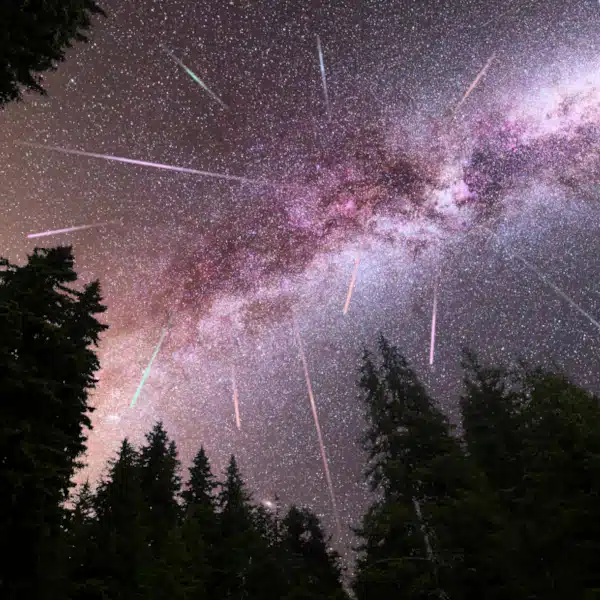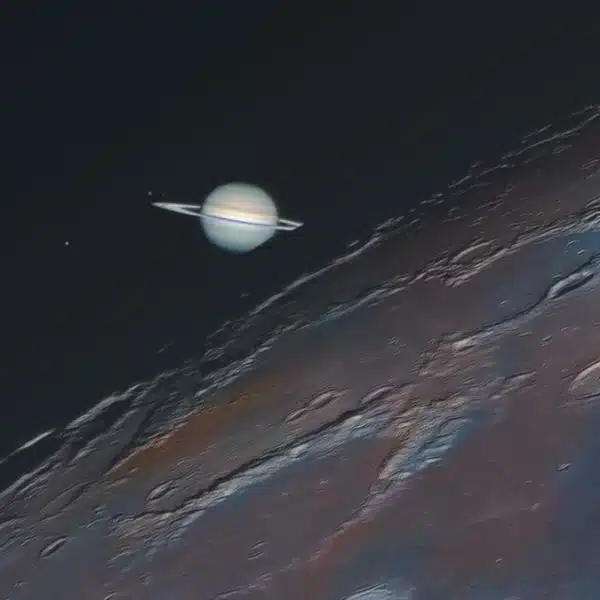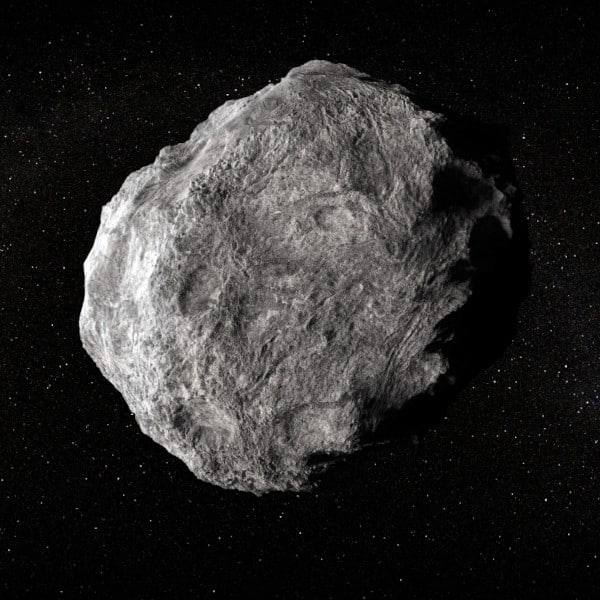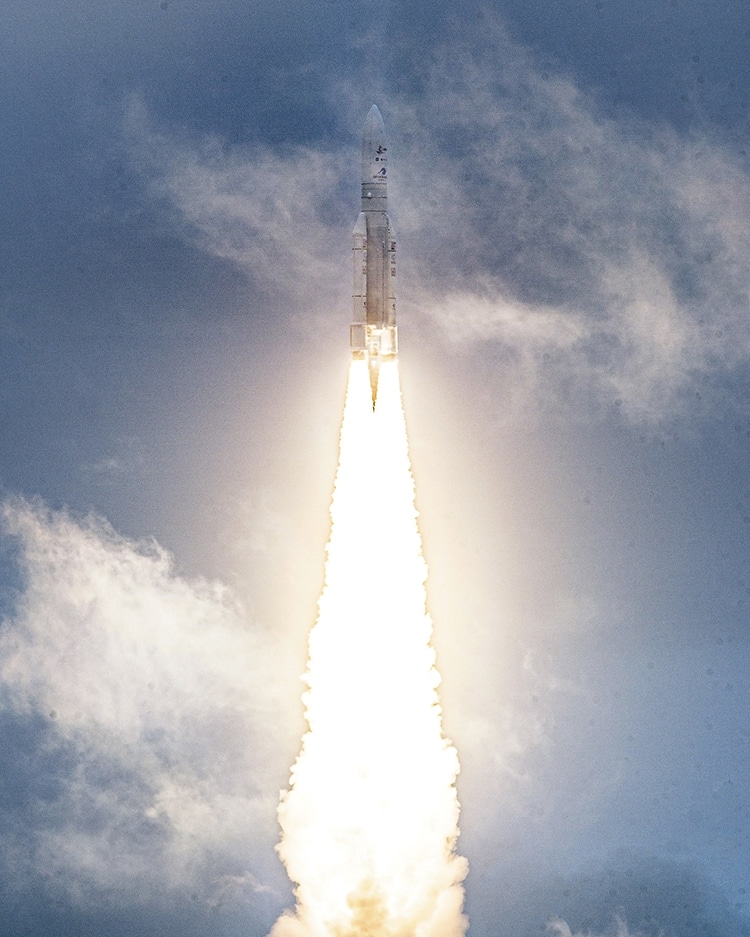
Arianespace's Ariane 5 rocket launches Christmas morning from the Guiana Space Centre in Kourou, French Guiana, with NASA’s James Webb Space Telescope onboard. (Photo: NASA/Chris Gunn, CC BY 2.0)
NASA's Hubble Telescope returned thousands of images to Earth which changed the way scientists and lay people view our cosmos. Now, a new space telescope will continue Hubble's pioneering legacy. Boldly going where no imaging system has before, the James Webb Space Telescope (JWST, or Webb) successfully launched on Christmas Day 2021. It will spend a riveting 29 days executing a careful and exceedingly difficult series of maneuvers to unfold the telescope. What NASA is calling its “Super Bowl” could go disastrously wrong; but if all goes well, scientists will be able to literally see back in time billions of years to the origins of the universe.
Webb has been in the works for many years. Originally planned for a 2007 launch, the project has been delayed due to costs, technical concerns, and the pandemic. The project is a collaboration between NASA, the European Space Agency, and the Canadian Space Agency. Though it was recently scheduled for a December 19 launch, the telescope was yet again delayed and at last propelled into space on Christmas morning by an Ariane 5 rocket launching from the European Spaceport in Kourou, French Guiana. Thirty minutes after launch, the rocket released the telescope—known as an observatory.
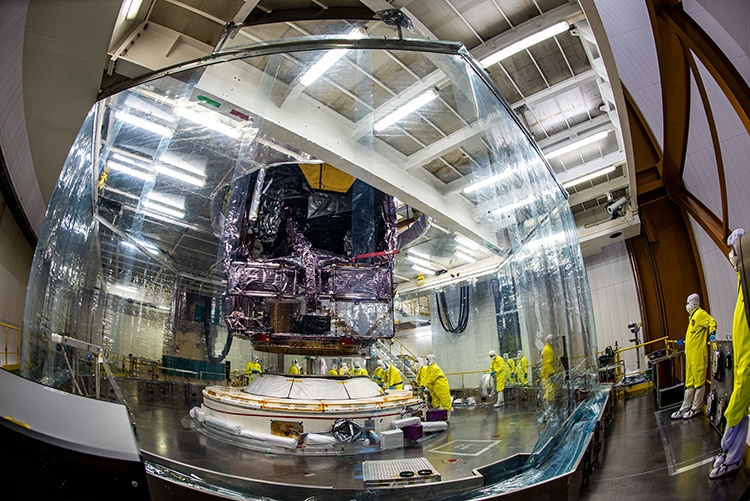
ON December 11, 2021, the James Webb Space Telescope Is affixed to the rocket which will carry it into space. (Photo: ESA-M.Pedoussaut, CC BY 2.0)
Space travel is expensive and tricky to get right. After the successful launch, the real period of nail-biting begins. Over the next 29 days, millions of dollars and years of work will be on the line. The only way to fit the telescope in the rocket was to fold up the mirrors which capture light from around the universe. Once it is separated from the rocket, the telescope must unfold itself slowly in outerspace. The golden mirrors will unfold, as will a giant foil sun shield the size of three tennis courts. The telescope will propel itself using solar power captured by panels. Using several periodic thrusts, the craft will navigate to an orbit a million miles from Earth. That far away, there is no opportunity to fix anything that might go wrong. Three-hundred single-point failure items must be perfectly executed, or the project will be lost.
The telescope is equipped with the highest-definition infrared detectors ever launched into space. After a six-month period of commissioning, these will begin to generate images which will be sent to Earth. From its position far beyond the moon's orbit, Webb is situated with a stunning view of the universe. The infrared received will bring information on distant planets orbiting other stars (known as exoplanets). It will also provide a look back in time. Ancient light in the universe can allow scientists to look back 14 billion years to the Big Bang itself.
Webb reports to NASA at the mission control center, Space Telescope Science Institute (STScI) in Baltimore, Maryland. The possibilities for its discovery are endless. Thomas Zurbuchen, associate administrator for the Science Mission Directorate at NASA Headquarters, noted, “Webb’s scientific promise is now closer than it ever has been. We are poised on the edge of a truly exciting time of discovery, of things we’ve never before seen or imagined.” A NASA statement illustrates the endless possibilities, “The telescope’s revolutionary technology will explore every phase of cosmic history—from within our solar system to the most distant observable galaxies in the early universe, to everything in between. Webb will reveal new and unexpected discoveries and help humanity understand the origins of the universe and our place in it.”
You can stay tuned as Webb begins its revolutionary journey on its blog and Twitter.
NASA partnered with the European Space Agency and Canadian Space Agency to launch the James Webb Space Telescope into the cosmos on Christmas Day 2021.
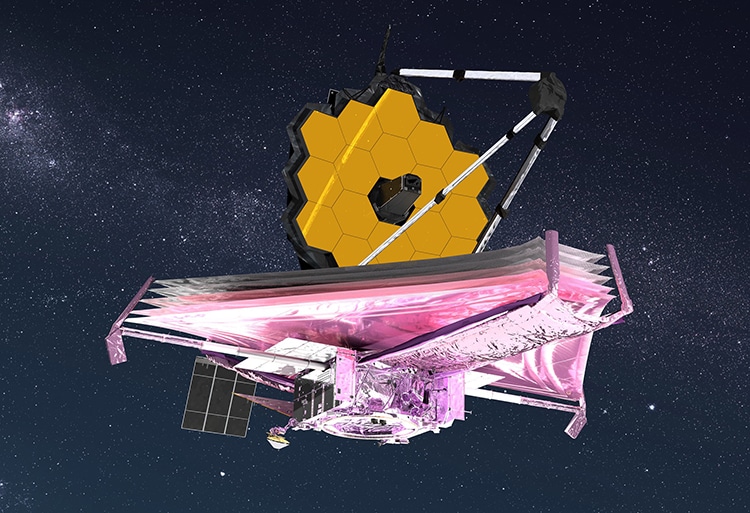
Artist rendition of the new NASA Webb Telescope. (Photo: NASA GSFC/CIL/Adriana Manrique Gutierrez, CC BY 2.0)
Webb is the most advanced telescope launched to date. It will photograph the corners of the universe.
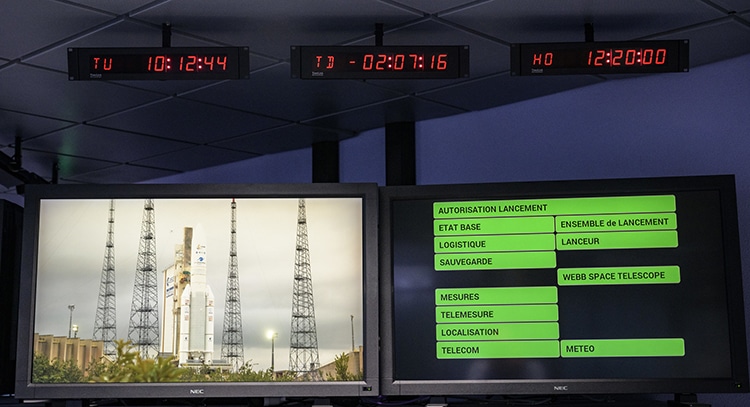
Preparing for launch, December 25, 2021 at the Jupiter Center at the Guiana Space Center in Kourou, French Guiana. (Photo: NASA/Bill Ingalls, CC BY 2.0)
Everything must go right in NASA's “Super Bowl” launch.
h/t: [Engadget, IFL Science]
James Webb Space Telescope: Website | Twitter
Related Articles:
Dazzling Winners of the Astronomy Photographer of the Year Contest
NASA Confirms That There Is Actually Water on the Moon
NASA Releases Incredible Audio From Jupiter’s Moon Ganymede
Spectacular Time-Lapse Footage Taken by World’s First Spacecraft To “Touch the Sun”











































































